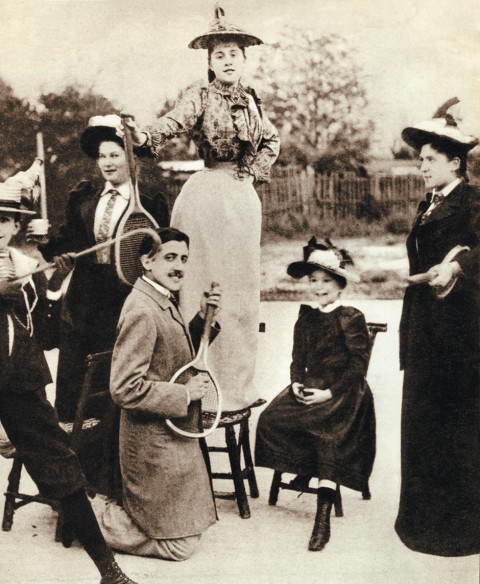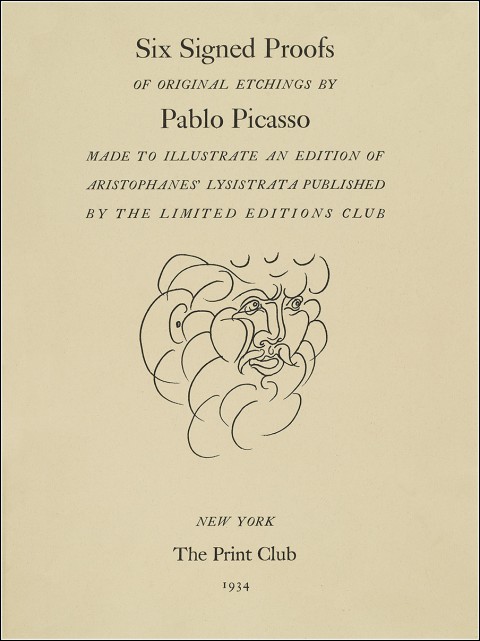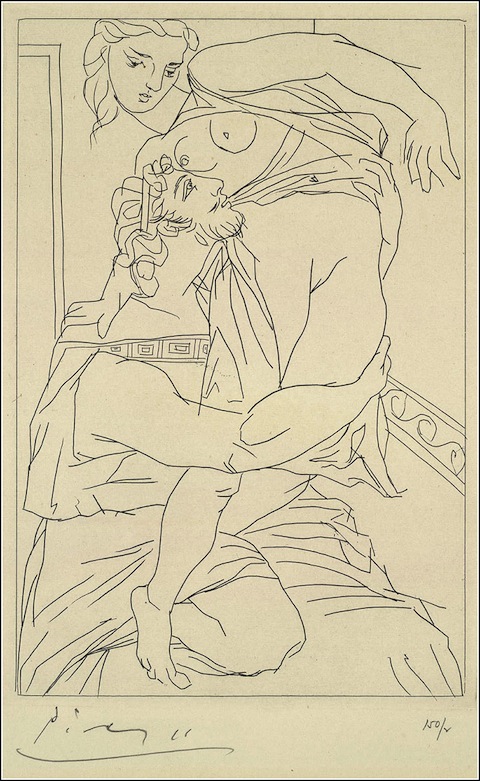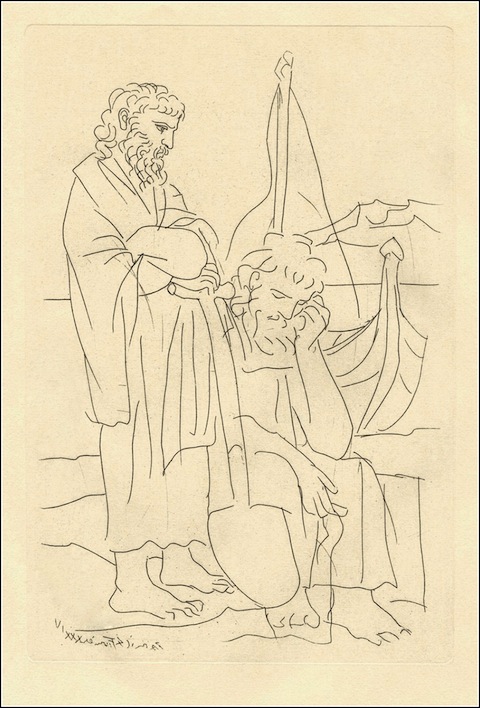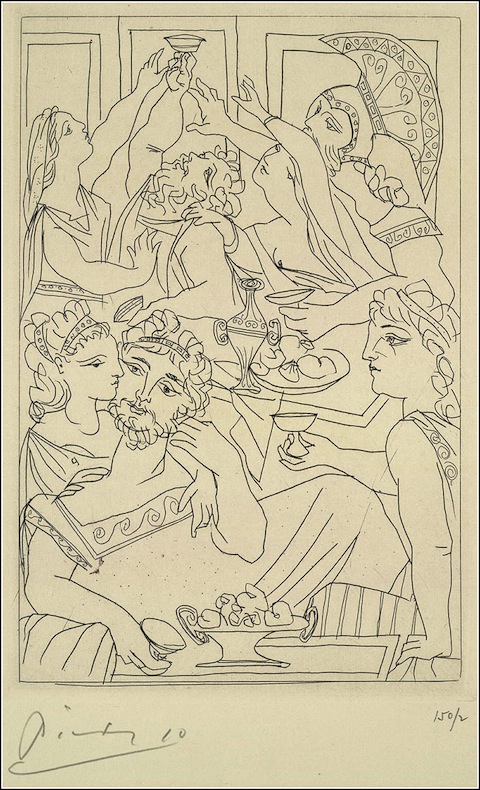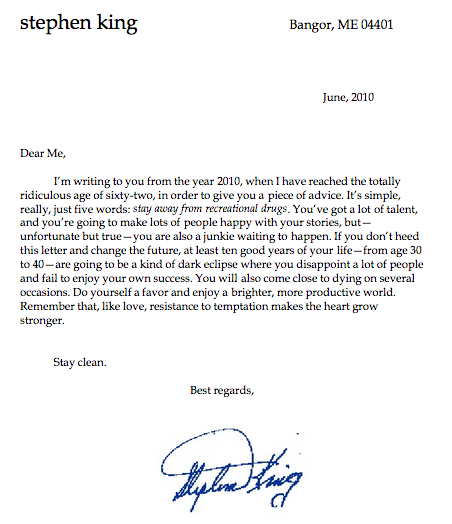Worth a quick note: The New York Review of Books has posted an intriguing interview with Supreme Court Justice Stephen Breyer, who reflects on an important moment in his intellectual life — reading Marcel Proust’s À la recherche du temps perdu (In Search of Lost Time) for the very first time … in French. Decades ago, while “working as a legal intern at an American law firm in Paris,” Breyer needed to improve his French. Reading through all seven volumes of Proust’s monumental work seemed like a good way to do it. 3,500 pages and 1.5 million words later, Breyer finished. And then he re-read them again. The first volume of the long novel, Swann’s Way, was published 100 years ago, in 1913. Asked why he still cherishes Proust’s work so much, Breyer had this to say:
It’s all there in Proust—all mankind! Not only all the different character types, but also every emotion, every imaginable situation. Proust is a universal author: he can touch anyone, for different reasons; each of us can find some piece of himself in Proust, at different ages.… What is most extraordinary about Proust is his ability to capture the subtlest nuances of human emotions, the slightest variations of the mind and the soul. To me, Proust is the Shakespeare of the inner world.
You can read the full interview at NYRB, which gets into to some fascinating questions, like Why is literature crucial to a democracy? and Does reading the US Constitution having anything in common with reading a great literary work?
A hat tip goes to The New Yorker’s Page Turner blog for calling this to our attention.
Related Content:
Watch Monty Python’s “Summarize Proust Competition” on the 100th Anniversary of Swann’s Way
Listening to Proust’s Remembrance of Things Past, (Maybe) the Longest Audio Book Ever Made
Ray Bradbury: Literature is the Safety Valve of Civilization
Find Recherche in our Free eBooks collection
Free French Lessons in Audio & Video
